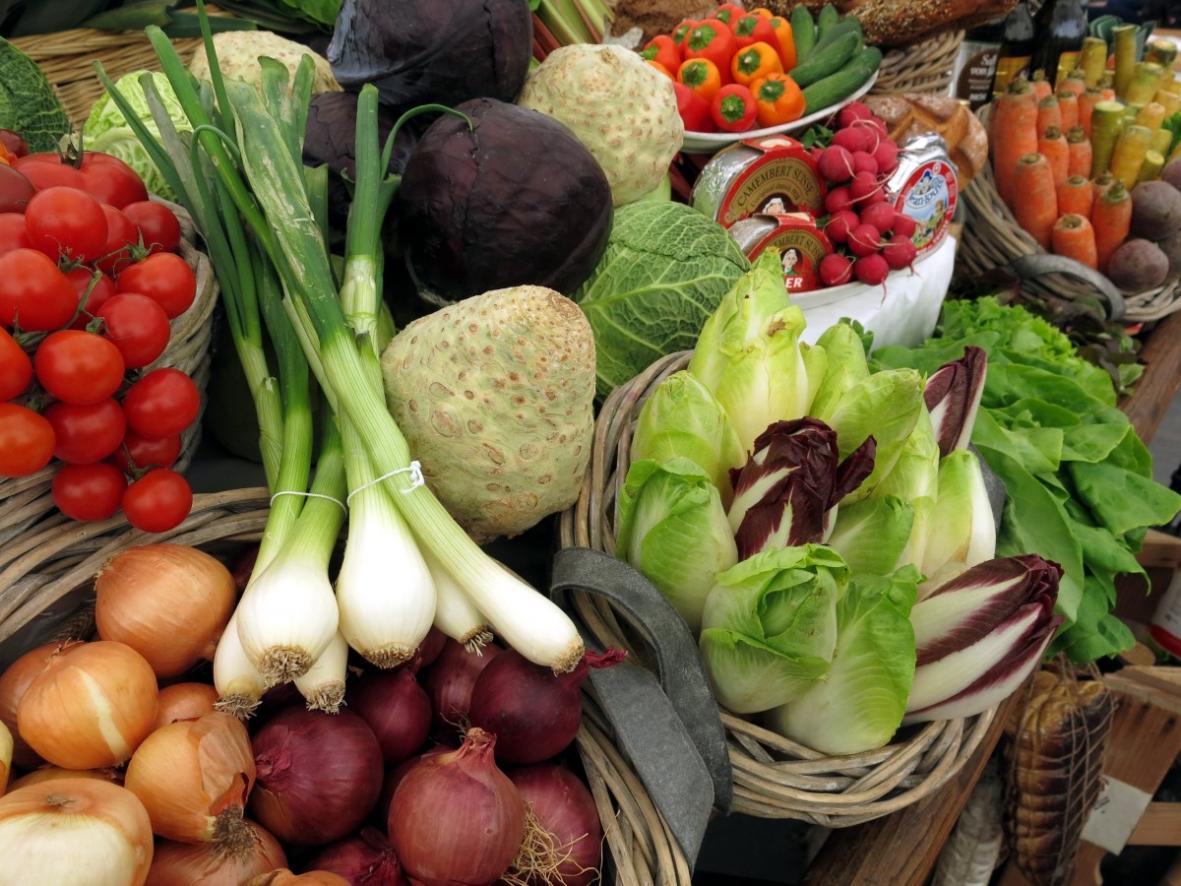How Can I Incorporate More Plant-Based Proteins into My Diet?
In the pursuit of a healthier and more sustainable lifestyle, incorporating more plant-based proteins into your diet is a transformative step. Plant-based proteins, derived from plant sources such as legumes, nuts, seeds, and whole grains, offer a wealth of nutritional benefits and contribute to a balanced and wholesome diet.

Benefits Of Incorporating More Plant-Based Proteins Into Your Diet:
- Reduced Risk of Chronic Diseases: Plant-based proteins have been linked to a lower risk of heart disease, type 2 diabetes, and certain cancers. Their fiber content aids in regulating blood sugar levels and cholesterol, promoting overall cardiovascular health.
- Improved Digestive Health: Plant-based proteins are rich in fiber, which supports a healthy digestive system. Fiber helps regulate bowel movements, preventing constipation and promoting regularity. Additionally, the prebiotic fiber in plant-based foods nourishes beneficial gut bacteria, contributing to a balanced gut microbiome.
- Weight Management: Plant-based proteins are generally lower in calories and fat compared to animal-based proteins. Their high fiber content promotes satiety, helping you feel fuller for longer and potentially supporting weight management efforts.
- Environmental Sustainability: Animal agriculture has a significant environmental impact, contributing to greenhouse gas emissions, water pollution, and deforestation. By choosing plant-based proteins, you can reduce your environmental footprint and contribute to a more sustainable food system.
Identifying Plant-Based Protein Sources:
The plant-based protein world is diverse and offers a wide range of options to suit various dietary preferences and culinary styles.
1. Legumes (Beans, Lentils, Peas):
- Protein Powerhouses: Legumes are exceptionally high in protein, providing a substantial amount per serving.
- Fiber and Nutrient-Rich: They are packed with fiber, essential vitamins, and minerals, making them a nutritious addition to any meal.
- Versatile Culinary Options: Legumes can be used in soups, stews, salads, and as meat substitutes in various dishes.
2. Nuts And Seeds:
- Protein and Healthy Fats: Nuts and seeds are rich in protein and provide a good source of healthy fats, including omega-3 fatty acids.
- Antioxidant Boost: They are loaded with antioxidants, which help protect cells from damage.
- Convenient Snacks or Meal Additions: Nuts and seeds make for convenient snacks or can be added to meals for an extra protein and nutrient boost.
3. Whole Grains:
- Protein, Fiber, and Complex Carbs: Whole grains provide a combination of protein, fiber, and complex carbohydrates, making them a well-rounded source of nutrients.
- Examples: Quinoa, brown rice, oats, and barley are excellent whole grain choices.
- Versatile Culinary Uses: Whole grains can be used in salads, pilafs, grain bowls, and as a side dish.
4. Vegetables:
- Protein and Essential Vitamins: Vegetables contain varying amounts of protein and are rich in essential vitamins, minerals, and antioxidants.
- Examples: Broccoli, spinach, kale, and asparagus are protein-rich vegetable options.
- Culinary Versatility: Vegetables can be enjoyed raw, cooked, roasted, or steamed, adding color and flavor to meals.
Incorporating Plant-Based Proteins Into Meals:
Making the switch to a more plant-based diet doesn't have to be overwhelming. Here's a step-by-step guide to help you incorporate more plant-based proteins into your meals:
1. Start Small And Gradually Increase Intake:
- Begin with One Meal: Start by adding plant-based proteins to one meal per day, such as breakfast or lunch.
- Gradually Increase: As your body adjusts, gradually increase your intake of plant-based proteins over time.
2. Explore Different Plant-Based Protein Combinations:
- Complete Protein Profiles: Combine different plant-based protein sources to create complete protein profiles, ensuring you're getting all the essential amino acids.
- Examples: Beans and rice, lentils and quinoa, nuts and seeds are classic combinations that provide a complete protein profile.
3. Use Plant-Based Proteins As Meat Substitutes:
- Tofu, Tempeh, and Seitan: Experiment with tofu, tempeh, and seitan as meat alternatives. These plant-based proteins can be used in burgers, tacos, stir-fries, and more.
- Versatile Culinary Options: Plant-based proteins can be marinated, seasoned, and cooked in various ways to create flavorful and satisfying dishes.
4. Add Plant-Based Proteins To Smoothies And Snacks:
- Smoothie Boost: Blend plant-based protein powders into smoothies for a protein-packed breakfast or snack.
- Snack on Plant-Based Options: Snack on nuts, seeds, yogurt with plant-based protein, or energy bars made with plant-based ingredients.
Tips For Cooking With Plant-Based Proteins:
Cooking with plant-based proteins can be a delightful experience. Here are some tips to help you make the most of these nutritious ingredients:
1. Soaking And Cooking Legumes:
- Overnight Soaking: Soak legumes overnight to reduce cooking time and improve digestibility.
- Low-Sodium Broth or Water: Use low-sodium broth or water for cooking to control sodium intake.
2. Seasoning And Marinating Plant-Based Proteins:
- Herbs, Spices, and Citrus: Use herbs, spices, and citrus to enhance the flavor of plant-based proteins.
- Marinate Before Cooking: Marinate plant-based proteins before cooking to add extra flavor and moisture.
3. Cooking Methods:
- Gentle Cooking: Boiling, steaming, and baking are gentle cooking methods that preserve nutrients.
- Avoid Deep-Frying: Avoid deep-frying plant-based proteins to minimize fat intake.

Incorporating more plant-based proteins into your diet is a journey of discovery and enjoyment. Experiment with different sources, explore new recipes, and make informed choices that align with your health and sustainability goals. Embrace the transformative power of plant-based proteins and embark on a path to a healthier and more sustainable lifestyle.
YesNo

Leave a Reply